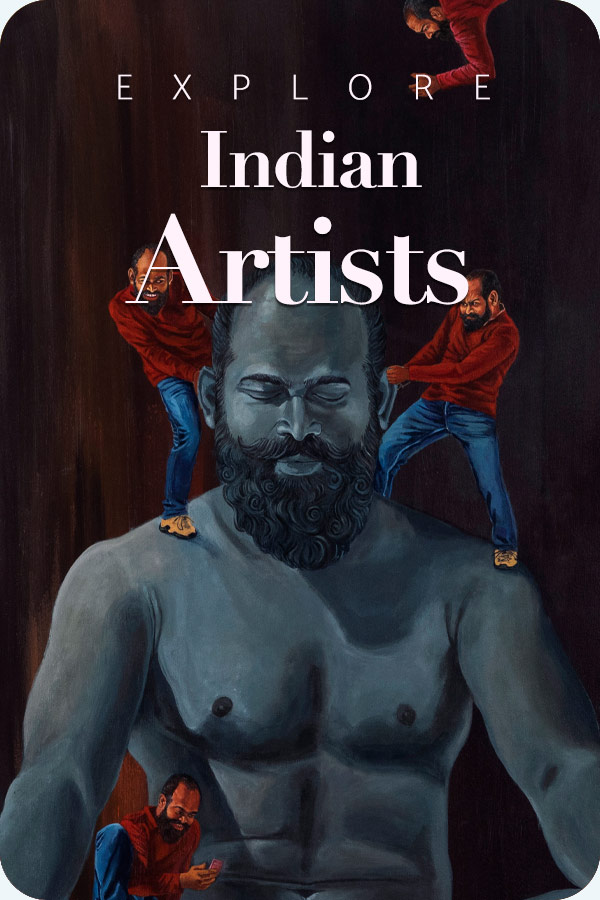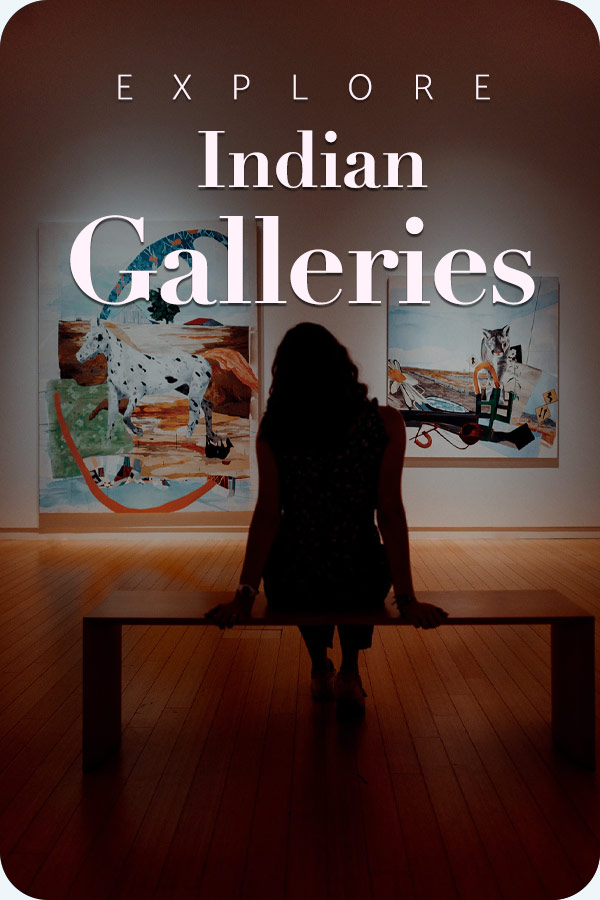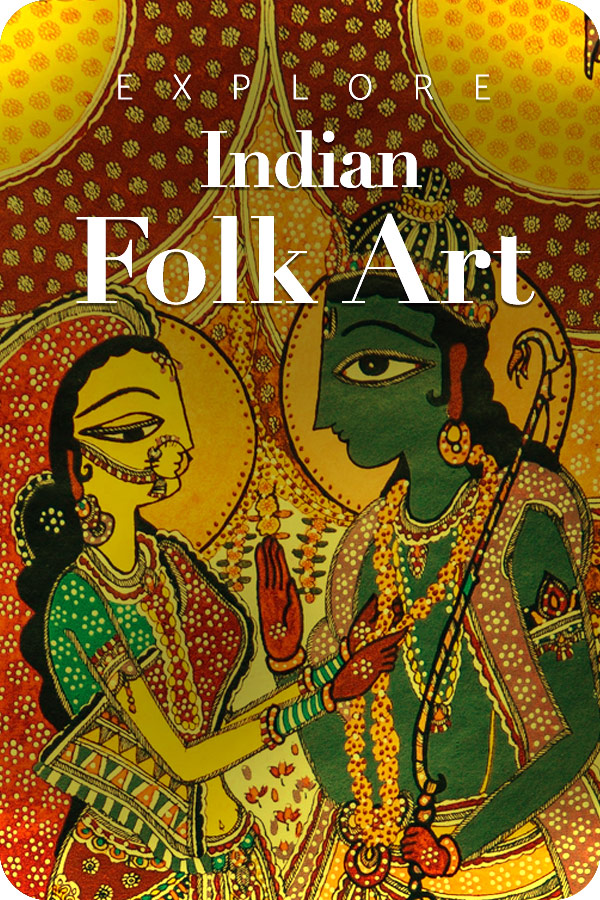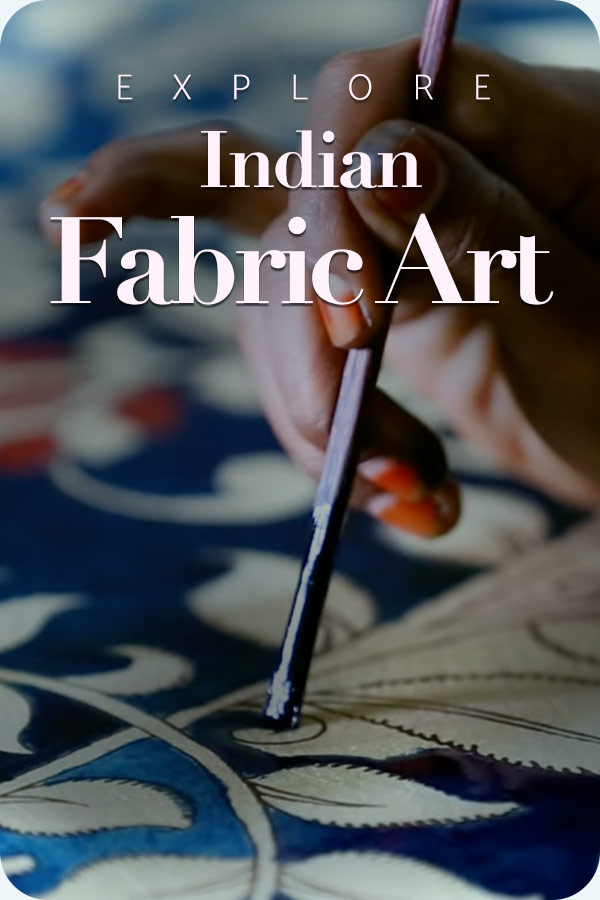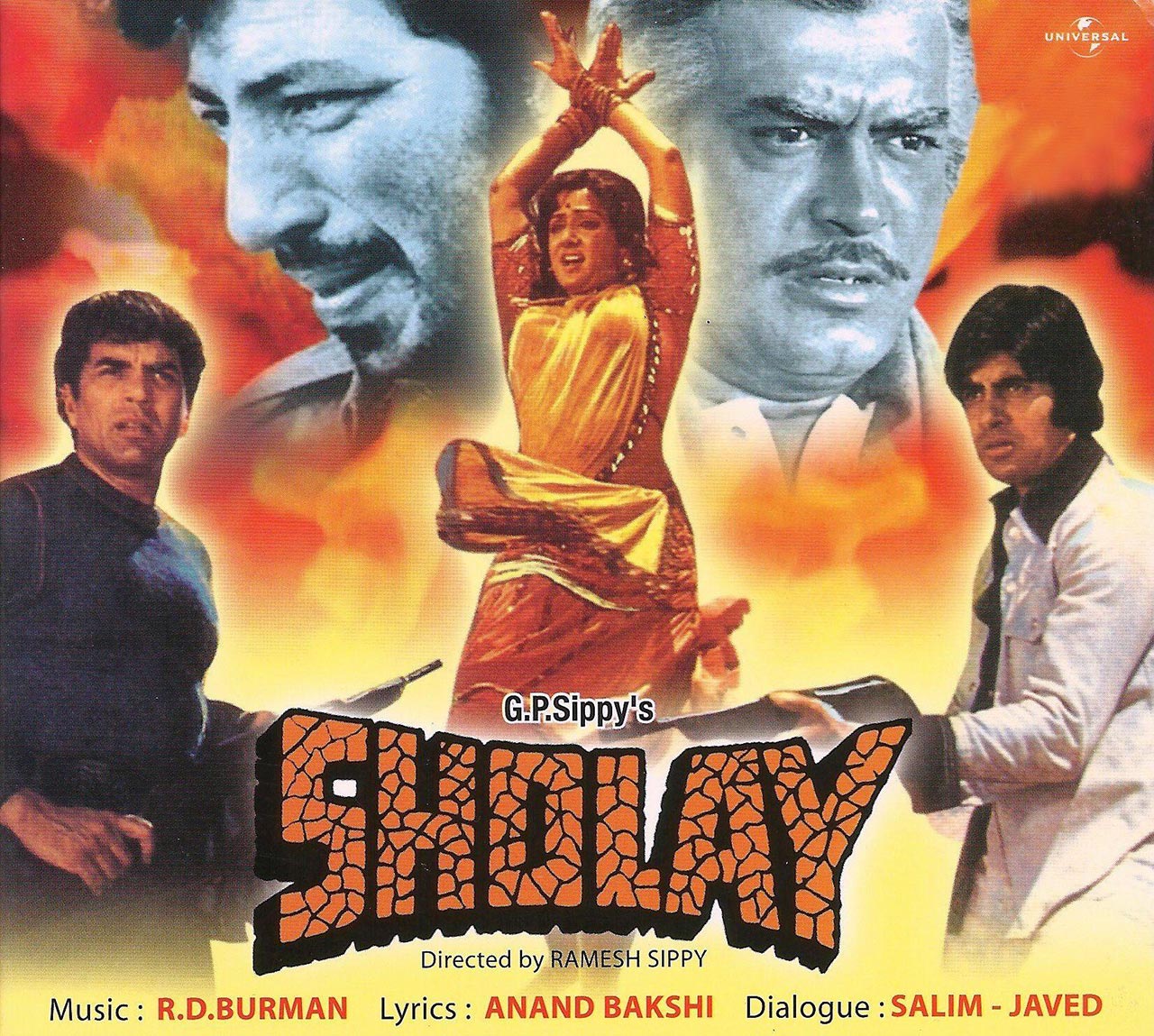
On August 15, 2025, Sholay turned 50! Directed by Ramesh Sippy in 1975, Sholay hit the big screen with stellar stars like Amitabh Bachchan, Dharmendra, Hema Malini, Sanjeev Kumar, Jaya Bachchan, and Amjad Khan.
More than a film, Sholay is a cultural phenomenon that has given us an unforgettable villain, eternal friendship, music we still groove to, and dialogues that can never die with time.
Legacy Beyond the Screen

The legacy of the film is carried forward in a plethora of ways. The hard-to-forget dialogues, from “Kitne Aadmi The?” to “Tera kya hoga kaliya?” have been memorised by generations. The characters in the film, especially Gabbar Singh, became archetypes in Indian cinema. The tunes composed by R.D. Burman still paves the way on road trips and parties, with “Yeh Dosti Hum Nahi Todenge” becoming an anthem of friendship.
“My biggest tragedy is that I have never seen Sholay on 70 mm”, said Abhishek Bachchan, expressing his desire to watch the movie in the 70s way. He also revealed that Sholay was the first film which had a separate cassette featuring its iconic dialogues.
The Cast Looks Back to Their ‘Sholay’ Memories
As Sholay celebrates its Golden Jubilee, the star cast of the film brings back the old memories.
Hema Malini Remembers Basanti
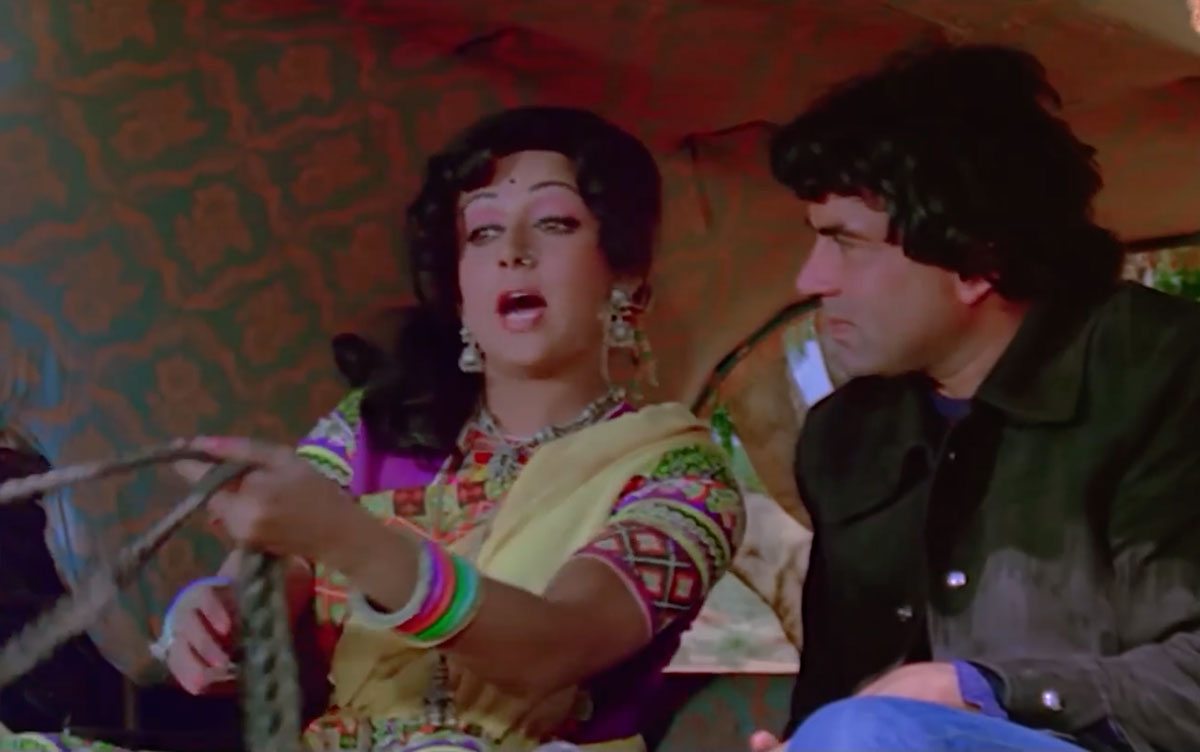
Hema Malini, who played the role of the iconic Basanti in the film, stated that she will make her grandchildren watch the movie to celebrate 50 years of Sholay. She also revealed how she wasn’t impressed with the role at first.
“Why only a small role for me? Why not a big role?” she had complained to the director Ramesh Sippy, unaware that her portrayal of Basanti was going to capture the hearts of the audience for decades to come, and the dialogue “Basanti, in kutton ke saamne mat naachna” was going to become a immemorable in Bollywood.
Ramesh Sippy on Sholay’s Slow Start
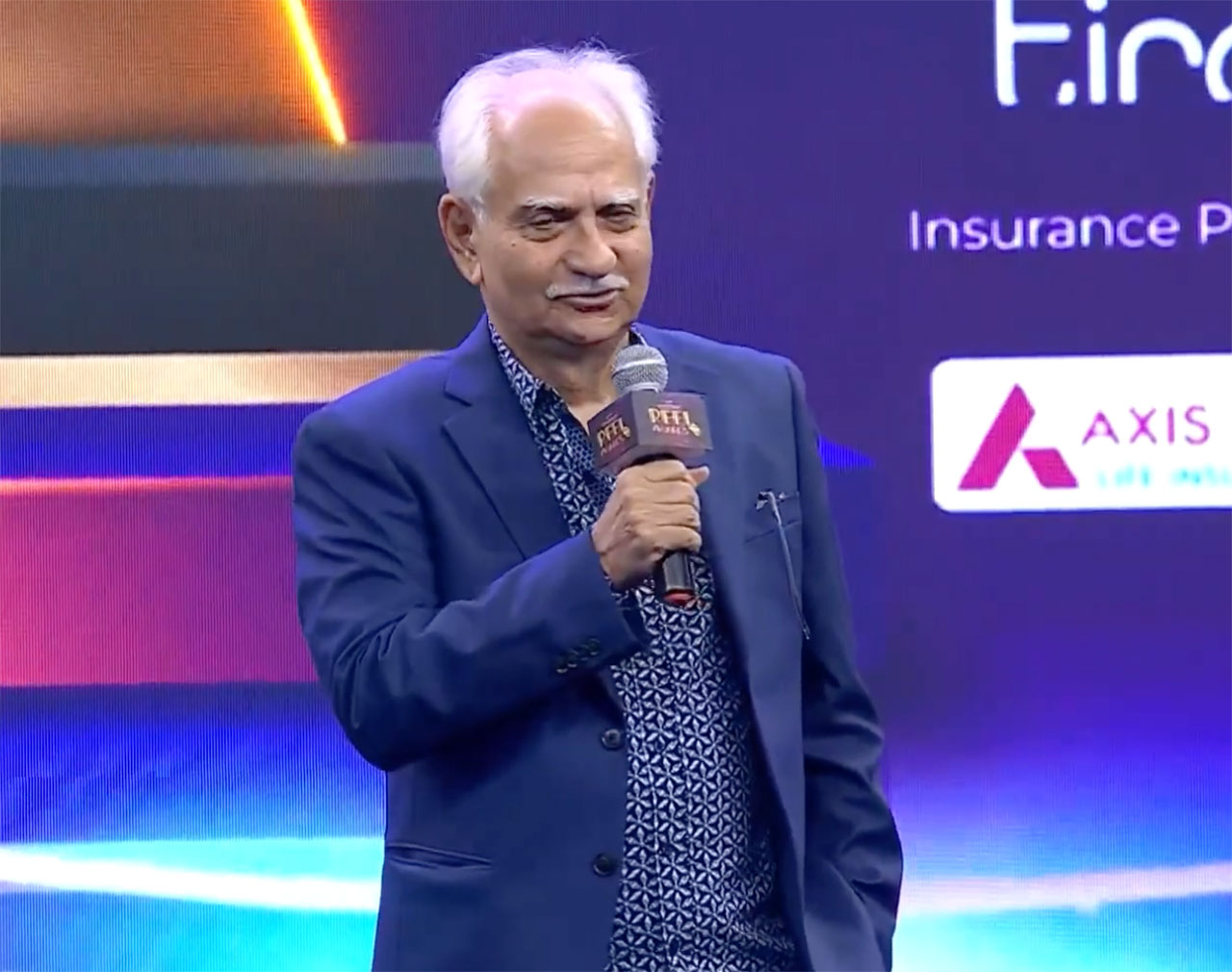
Ramesh Sippy recalled how the film was seen as a flop initially. The screenings were interrupted due to the issue of old carbon in the projectors, but even then, the viewers in the Minerva theatre would stick to their seats to watch the movie. This moved him so much that he began delivering carbon himself to the theatre.
Amitabh Bachchan on the Alternate Ending
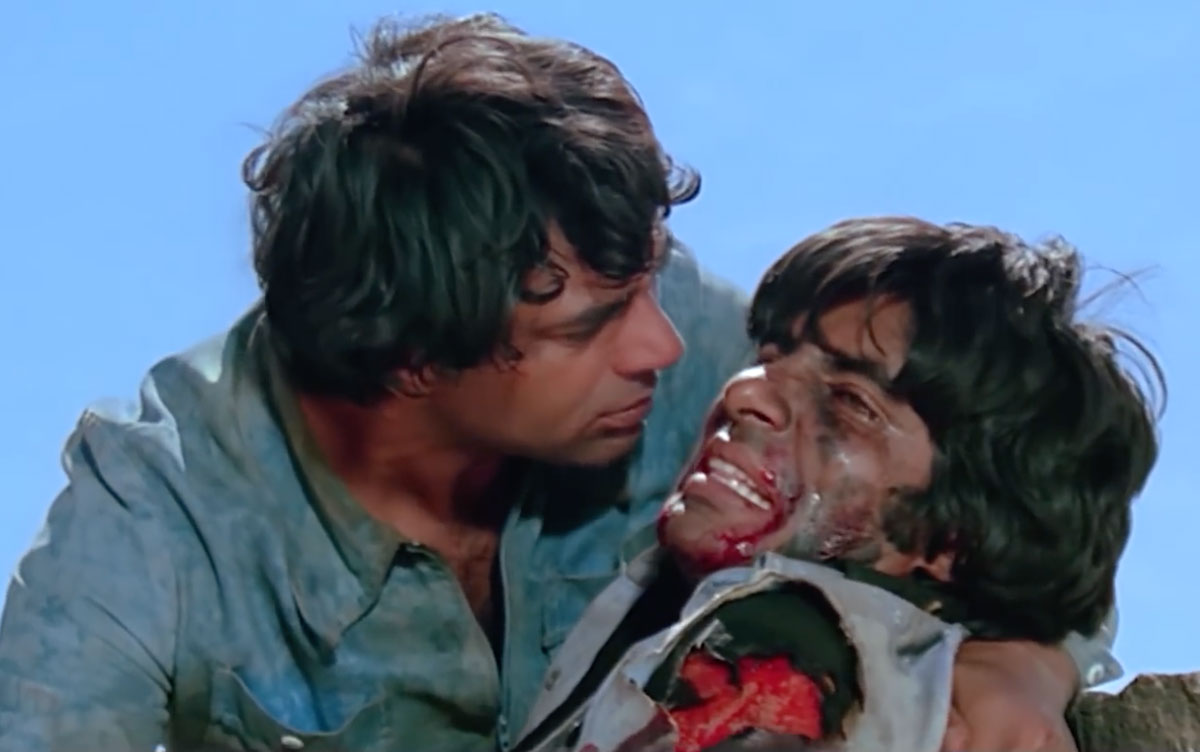
“They decided to reshoot the ending as a happy one where I lived. But I decided to wait until Monday. The rest is history”, said Amitabh Bachchan, remembering how the crew was devastated over the performance of the film in theatres in the first week of release.
Sachin Pigaonkar on His Memorable Scene
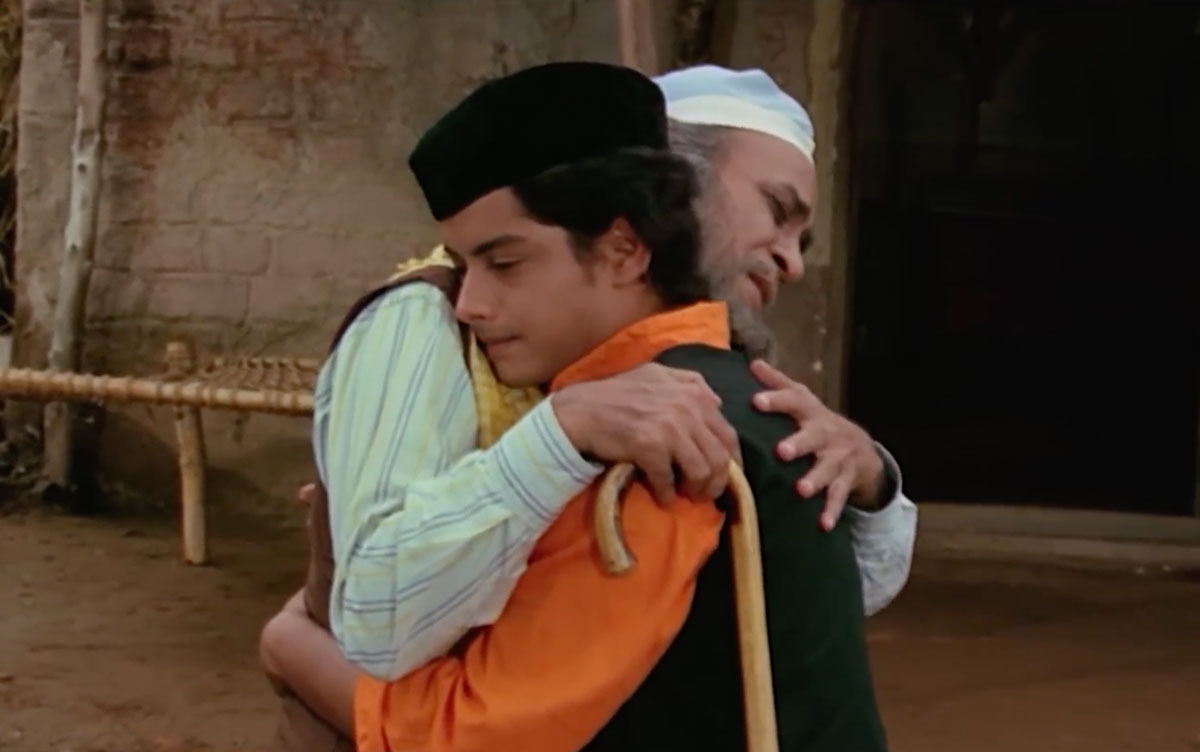
Sachin Pigaonkar played the role of Rahim Chacha’s son in the film and talked about the scene of his death that took three days to shoot. The finalised scene was followed by a symbolic cut, still in the hearts of the fans.
Global Legacy of Sholay
North American Premiere at TIFF
Sholay is loved around the globe, from Canada to Russia; the film has conquered the hearts of fans across the world. The 50th Toronto International Film Festival (TIFF) has decided on a “North American Premiere” of the 4K restored version of the film on 6th September at the 1,800-seater Roy Thomson Hall. This is the greatest way to celebrate the iconic film.
European and Middle Eastern Celebrations
The renewed global tour of the film began on 27 June with its European debut at the Il Cinema Ritrovato Festival in Bologna, Italy. Iran celebrated the Golden Jubilee of the film by dedicating an entire post to it.
Soviet Union Craze and Beyond
This isn’t the first time Sholay has received so much love from abroad. Imagine naming your kinds Jai and Veeru! That’s exactly what happened in the then Soviet Union after its release in the USSR in 1979.
Chinese Box Office Success
Acknowledging the craze of the film worldwide, the film was dubbed in Mandarin by the Shanghai Film Dubbing Studio. The dubbed version took over the Chinese theatres in 1988, setting the record for the highest-grossing Indian film in China till 2017.


